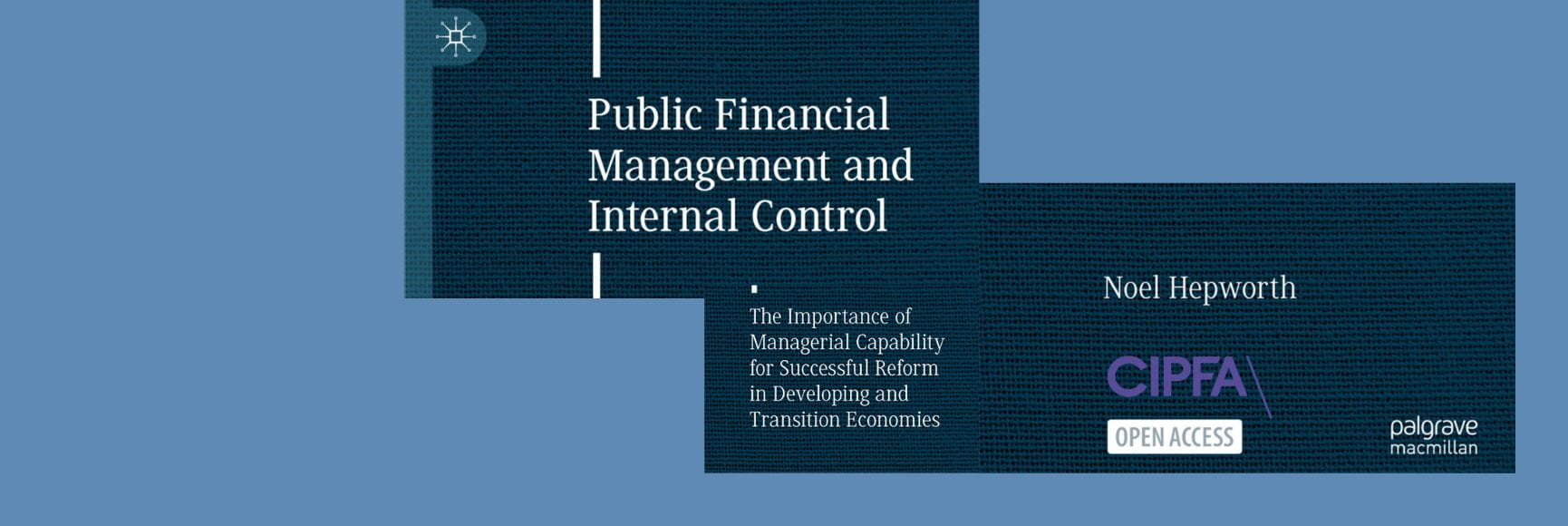
Posted by Richard Allen and Majdeline El Rayess[1]
In 2010 the Economic Ministers of the 16 Pacific Island countries (PICs) published a strategy for PFM reform in the region. The strategy called for countries to carry out regular PEFA assessments to measure the performance of their PFM systems, prepare detailed action plans (“PFM Reform Roadmaps” which have proved a mixed success), and coordinate support by development partners including the IMF’s Regional Technical Assistance Center for the region (PFTAC).
A recently published IMF working paper reviews the PFM work related to this strategy after ten years and makes proposals for the next five-year period. The paper includes a detailed analysis of more than 30 PEFA assessments carried out in the region since 2010.
Among the main findings of this review are the following:
First, the region is very heterogeneous in terms of its demographic and geographical characteristics, its economic challenges, its PFM systems and capacities, as well as its institutional structures and governance. A critical success factor is whether countries have taken ownership of their PFM reform strategies and whether there is a conducive political environment for the application of reforms. The picture across countries varies widely.
Second, PFTAC has played an important and catalytic role in improving PFM across the region over the last ten years. The Center has been successful in building effective partnerships with finance ministries and development partners across the region. It has piloted new and innovative tools such as “agile” PEFAs and gender-based PEFA assessments (the first one carried out in Tonga). PFTAC will also participate in piloting the new PEFA climate change module.
Third, the extensive program of PEFA assessments has broadly achieved what it set out to do, namely provide benchmarks of PFM performance across the region. But it has also imposed a significant burden on some of the region’s overstretched finance ministries. Implementation of reform measures should be given priority over more diagnostic analysis, though periodic evaluations of PFM performance against benchmarks and targets will continue to be needed.
Fourth, progress in improving PFM has been uneven across countries. Areas of improvement include budget execution, accounting and fiscal reporting, but other basic areas of PFM including revenue forecasting, budget credibility, internal and external audit, and public procurement generally show little change or a worsening of performance. In no country has the rate of improvement in the last ten years been greater than 20 percent. Establishing a PFM reform unit to manage the reform process may be a good model but is hard to replicate in countries with very small finance ministries and weak capacity in line ministries.
Fifth, a few countries (e.g., Samoa, Tonga) have relatively advanced PFM systems and are ready to introduce “second-generation” PFM reforms such as accrual accounting, whole of government reporting, and fiscal risk analysis. But this pattern is not typical of the region. Some PICs remain heavy users of capacity supplementation provided by donors—for example, officials and advisors from Australia and New Zealand—some of whom hold very senior line management positions in the government. Developing domestic capacity in basic areas of PFM remains a priority for reform in these very small island economies.
Sixth, political support for PFM reform varies across the region. In countries such as the Solomon Islands and Nauru, patronage systems and widespread use of Constituency Development Funds (CDFs) dominate decision making, limiting the scope for measures to improve PFM performance and fiscal transparency, and providing plentiful opportunities for rent seeking. Organizational fragmentation in some PICs—examples include separate systems for capital and recurrent budgeting (“dual budgeting”) and the separation of ministries of planning and finance—may also contribute to inefficiencies in PFM and possible governance vulnerabilities.
Seventh, the Pacific region is particularly vulnerable to the impacts of climate change, through rising sea levels, stronger and more frequent cyclones and other weather-related incidents. The PICs face increased costs of adaptation and climate-resilient infrastructure investments. Various sources and channels of climate financing may be available to them. PICs need to step up their efforts to meet the PFM and other conditions required to access these resources. Diagnostic tools developed (or under development) by the IMF such as the Climate Change Policy Assessment and other development partners can help address these issues.
Eighth, improving fiscal transparency is a key area of reform. External scrutiny by independent audit institutions, civil society and other stakeholders is lacking because much fiscal information is not available or untimely. Oversight bodies should be empowered to make and enforce policy recommendations and deal with any financial irregularities. The regional audit authority (PASAI) has been pressing for more transparency and accountability in governments’ fiscal policies and operations.
Finally, the COVID-19 crisis has shown that new technologies and ways of communication could benefit future modalities of delivering technical support on PFM and other topics, making it more interactive and flexible. The use of webinars, peer learning through remote exchange, or even remote missions could be good supplements to hands-on in person technical assistance. This would allow a closer engagement with authorities and in many cases permit larger groups to participate and more lively discussions.
[1] Senior Economists in the IMF’s Fiscal Affairs Department.
Note: The posts on the IMF PFM Blog should not be reported as representing the views of the IMF. The views expressed are those of the authors and do not necessarily represent those of the IMF or IMF policy.







